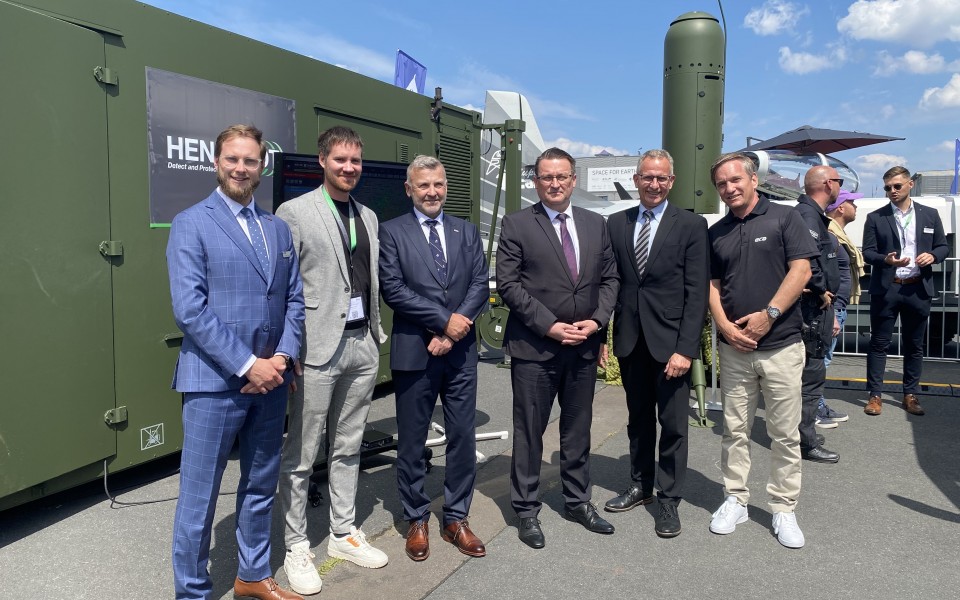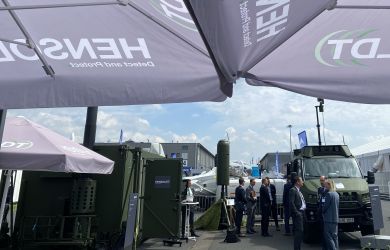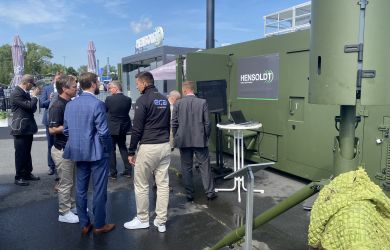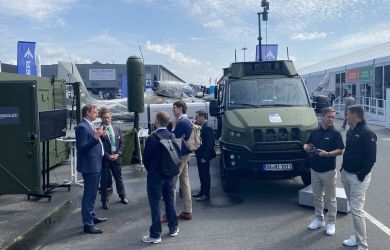
ERA exhibits passive surveillance solutions at ILA Airshow in Berlin in cooperation with its German partner HENSOLDT
ERA and the German company HENSOLDT announced collaboration for advanced passive air surveillance and air defence solutions last autumn. They have now launched a joint exhibition at the ILA Airshow in the German capital of Berlin. ERA, with its Passive ESM Tracker (PET) VERA-NG, extended the HENSOLDT impressive presence at the ILA Airshow to primary underline the agreed partnership of a joint offer of the Passive ESM Tracker (PET) to German Luftwaffe.
ERA and HENSOLDT are consequently developing a combination of passive surveillance systems for short, medium and long-range coverage. This means a combination of passive technologies: Passive Coherent Locator (Twinvis by HEN), leading Passive ESM Tracker (VERA-NG by ERA), and Passive Long-range ESM Surveillance system (PLESS), which is Over-the-Horizon Direction Finder, most recently introduced to the ERA family of passive surveillance systems.
The planned combination of passive surveillance systems is completely unique, providing covert operation coverage from short-range to long-range and in terms of PET and PLESS also identification. This approach marks an unprecedented level of passive surveillance capability contributing significantly to future Air Surveillance and Air Defense systems and Electromagnetic Spectrum Operation (EMSO).
On the principles of PET and PCL systems
PET is a passive surveillance system utilizing the multilateration Time Difference of Arrival (TDOA) principle. It is designed for detection, localization, tracking and identification of targets, based on their signal analysis.
PCL, in contrast to the PET system which exploits signal emissions generated by a target, utilises a reflected signal scattered by targets (using the so-called transmitter of opportunity illumination concept) and is therefore able to detect non-cooperative and quiet targets.
The advantage of the innovative complementing of both systems is clear: PET VERA-NG is able to detect active emissions from targets of interest at long range, while PCL Twinvis detects objects at shorter range, although the targets do not have to emit signals.
See video repo: https://youtu.be/z8FMqmZ8Wjk





